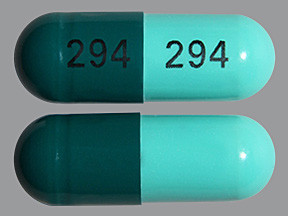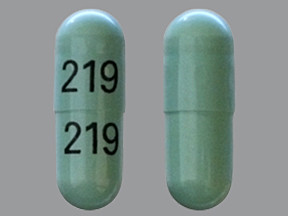CEPHALEXIN - ORAL
PHONETIC PRONUNCIATION: (sef-a-LEX-in)
COMMON BRAND NAME(S): Keflex
GENERIC NAME(S): cephalexin
Uses
USES: This medication is used to treat a wide variety of bacterial infections. This medication is known as a cephalosporin antibiotic. It works by stopping the growth of bacteria. This medication will not work for viral infections (such as common cold, flu). Unnecessary use or misuse of any antibiotic can lead to its decreased effectiveness.
How to use CEPHALEXIN - ORAL
HOW TO USE: Take this medication by mouth as directed by your doctor, usually every 6 to 12 hours with or without food. If you are using the suspension, shake the bottle well before each dose. Measure the dose carefully using a special measuring device/spoon. Do not use a household spoon because you may not get the correct dose. The dosage is based on your medical condition and response to treatment. In children, the dose is also based on weight. For the best effect, take this antibiotic at evenly spaced times. To help you remember, take this medication at the same time(s) every day. Continue to take this medication until the full prescribed amount is finished, even if symptoms disappear after a few days. Stopping the medication too early may allow bacteria to continue to grow, which may result in a return of the infection. Tell your doctor if your condition persists or worsens.
Side Effects
Precautions
Interactions
Overdose
Images
Reviews
Faq for CEPHALEXIN - ORAL
Cephalexin is an antibiotic medication used to treat a variety of bacterial infections, including respiratory tract infections, skin and soft tissue infections, urinary tract infections, and bone infections.
Cephalexin works by stopping the growth of bacteria and killing them. It does this by interfering with the formation of the bacterial cell wall, which is essential for their survival.
Common side effects of cephalexin may include diarrhea, nausea, vomiting, stomach pain, and skin rash. It is important to inform your doctor if these side effects become severe or persistent.
Cephalexin is generally considered safe to use during pregnancy, but it is always recommended to consult with your healthcare provider before taking any medication. As for breastfeeding, cephalexin can pass into breast milk, so it's important to discuss the potential risks and benefits with your doctor.
Cephalexin is usually taken by mouth with or without food, as directed by your doctor. It is important to complete the full course of treatment, even if symptoms improve, to ensure the infection is fully cleared.
Cephalexin may interact with other medications, including certain blood thinners, oral contraceptives, and medications that affect the kidneys. Inform your doctor or pharmacist about all the medications you are currently taking to avoid potential interactions.
It is generally recommended to avoid alcohol while taking cephalexin since it can increase the risk of certain side effects, such as stomach upset and dizziness. It is best to consult with your doctor regarding alcohol consumption while on this medication.
If you miss a dose, take it as soon as you remember. However, if it is close to the time for your next dose, skip the missed dose and resume your regular dosing schedule. Do not double the dose to make up for a missed one.
The time it takes for cephalexin to work can vary depending on the type and severity of the infection. Typically, improvement in symptoms is seen within a few days. However, it is important to complete the full course of treatment as prescribed by your doctor.
Disclaimer
IMPORTANT: HOW TO USE THIS INFORMATION: This is a summary and does NOT have all possible information about this product. This information does not assure that this product is safe, effective, or appropriate for you. This information is not individual medical advice and does not substitute for the advice of your health care professional. Always ask your health care professional for complete information about this product and your specific health needs.





No Reviews Yet